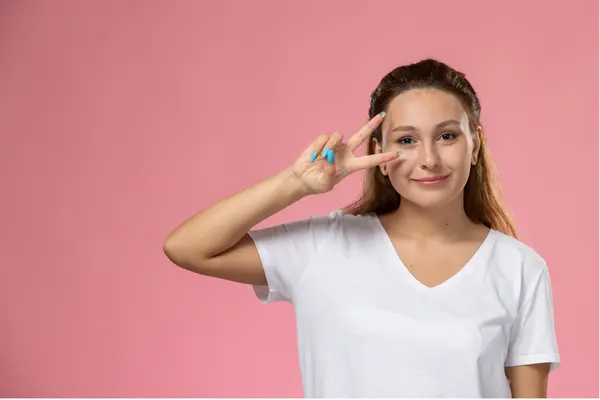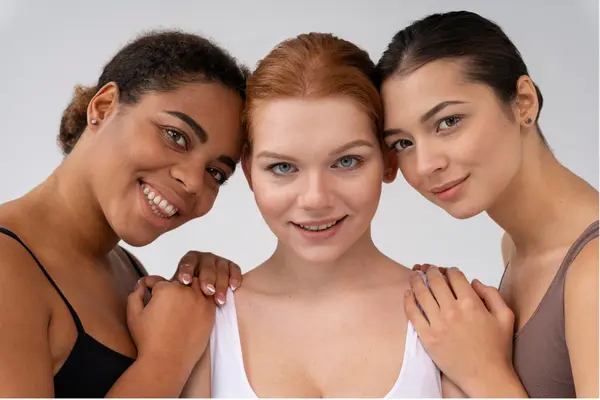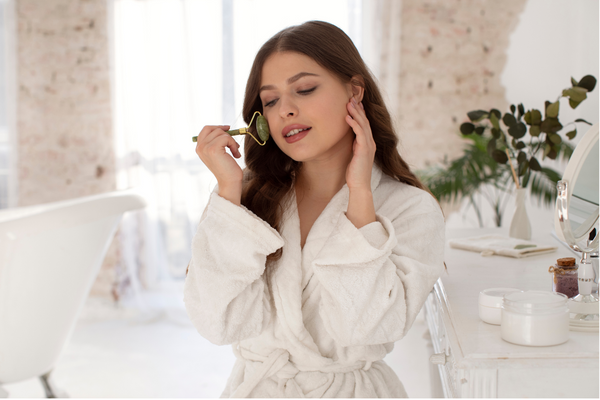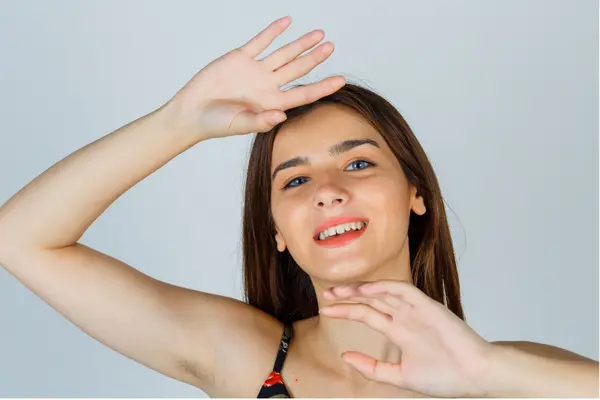Nestled in the heart of Southeast Asia, Vietnam is a rich and vibrant country known for its diverse culture, delectable cuisine, and breathtaking landscapes. But perhaps lesser known is the secret to the radiant and youthful complexion of Vietnamese men and women.
This guide will illuminate the nuances of Vietnamese skin tones and provide an in-depth look at the skincare practices that have been passed down through generations.
Vietnam’s climate, ranging from tropical in the mountains to savanna in the central highlands, the persistence of the sun, and cultural influences have left an indelible mark on its people—one that’s reflected in the diverse range of skin tones that are characteristic of its population.
For those who wish to understand and celebrate the beauty of Vietnamese skin, and maybe even enhance it, the following exploration is your beacon.
Table of Contents
ToggleWhat is Vietnamese Skin Tones?
Vietnamese people, like people from any other country, have a wide range of skin tones. Skin tones can vary greatly among individuals due to factors such as genetics, sun exposure, and lifestyle. Generally, Vietnamese people have a range of skin tones from fair to medium to darker tones, reflecting the diversity within the population.

Shades Vietnamese Skin Tones
Trắng – Fair Skin: ‘Trắng’ refers to a creamy, porcelain-like complexion that is equated with the highest standard of beauty in Vietnam. It is not necessarily the lightest shade that is desirable, but rather a clear, flawless skin without blemishes or imperfections.
Vàng – Yellow Skin: This skin tone is considered a natural and warm hue, often indicative of good health and vitality. ‘Vàng’ skin, despite being fair, has a subtle yellow undertone, which is a distinctive feature of Vietnamese people.
Da Bò – Bronze Skin: ‘Da bò’ is characterized by a golden-brown hue and is typified as the skin tone of those who work outdoors. It bears a tone of hardiness and strength, qualities that are respected within Vietnamese culture.
Da Đen – Dark Skin: While ‘da đen’ is the darkest of the four tones, it is neither dismissed nor considered less beautiful. It has its unique allure, especially when it is smooth and radiant.

Skincare Routine for Vietnamese Tones
Now that we understand the unique nuances of Vietnamese skin, it’s important to tailor our skincare routine to support and enhance these features. A Vietnamese skincare routine typically includes multiple steps, each serving a distinct purpose in nourishing and protecting the skin.
1. cleaning up
Cleaning is basic, but it’s not a one-size-fits-all job. For people with oily skin, a gel or foam cleanser can help combat excess oil, a common problem in humid climates. For dry or sensitive skin, a more gentle approach is advised, perhaps with a creamy or oil-based cleanser that won’t strip the skin of its natural oils.
2. Toning
Toners are popular in Vietnamese skincare and are usually a mixture of natural ingredients designed to tighten the skin, shrink pores and restore the skin’s pH balance. Look for toners enriched with traditional Vietnamese herbs such as witch hazel, green tea, or rice extract.
3. Treatment
Serums and treatments can address specific skin concerns, whether it’s hyperpigmentation, acne, or aging. Vietnamese skincare often includes botanical ingredients such as camellia oil, rice water, and licorice root extract, which have long been used for their beneficial properties.
4. Moisturizing
Humidity is essential in Vietnam’s often dry, yet humid, climate. Lightweight gel moisturizers are a favorite, especially for those with oily or combination skin. For dry skin types, a rich cream can provide essential hydration and protection against the elements.
5. Final steps
No matter where we are in the world and what kind of skin we have, it is very important for us to put sunscreen on our skin because we all know how the ultraviolet rays from the sun can damage our skin. We need sunscreen to protect the last stages of our healthy skin routine.
It is recommended to apply a sunscreen of at least 50 SPF to protect your skin from these harmful rays.

Common Skincare Issues and Tips
Vietnamese skin, like all skin types, is susceptible to a range of common issues. However, by understanding these problems, one can take proactive steps to prevent and treat them effectively.
Acne and Breakouts
High humidity can lead to increased sebum production, potentially resulting in breakouts. Regular cleansing and exfoliation can help to prevent pore-clogging, and the use of non-comedogenic products is recommended. Spot treatments with tea tree oil or sulfur can also aid in blemish control.
Hyperpigmentation
Vietnamese individuals may struggle with hyperpigmentation, which can be exacerbated by sun exposure. The consistent use of sunscreen and the application of vitamin C serums can help to prevent and repair pigmentation issues.
Dehydration
Dehydration is a concern in both humid and arid regions, as the skin can lose moisture due to environmental factors. Hyaluronic acid and humectants in moisturizers can attract and retain water in the skin, offering lasting hydration.
Traditional Vietnamese Skincare Practices and Ingredients
The Vietnamese have a rich history of using natural ingredients and traditional practices to maintain their skin’s health and beauty. Here are some of the time-honored methods that continue to be popular today:
- Vietnamese Herbs and Plants
Vietnamese skincare often involves a plethora of local herbs and plants, renowned for their healing and rejuvenating properties. Cucumbers, lemongrass, and mulberry are just a few natural remedies used to enhance the skin’s natural glow and resilience. - Face Masks
From coconut and coffee to rice and green tea, Vietnam’s natural resources have offered the necessary ingredients for a variety of face masks designed to cleanse, soothe, and revitalize the skin.
The Cultural Importance of Skin Tone in Vietnam
In Vietnam, skin tone is a predominant factor in the local beauty standards and cultural outlook. The perception of beauty often centers around the concept of ‘trắng,’ which translates to ‘fair’ in English. Fair skin in Vietnam is highly prized and is associated with a sense of purity, modesty, and femininity. This preference for light skin can be traced back centuries to the country’s feudal era, where fair complexions were a sign of prosperity – a feature exclusive to those who did not toil under the sun. The preservation of fair skin remains pertinent in modern Vietnamese society, encapsulated in the adage “white skin covers seven flaws.”
Uniquely, Vietnamese beauty standards acknowledge and categorize skin tones into four distinct types: ‘trắng’ (fair), ‘vàng’ (yellow-toned), ‘da bò’ (bronze), and ‘da đen’ (dark).
This philosophical framework around skin hues shapes the way individuals perceive themselves and each other, as well as the type of care prescribed for maintaining or achieving a particular shade.
Conclusion
The quest for the perfect skincare regimen is an ongoing and personal one. Understanding the nuances of Vietnamese skin tones and the specific needs associated with them can be highly beneficial for those looking to adopt a regimen that aligns with their heritage and lifestyle.
By harnessing the power of traditional practices, utilizing natural ingredients, and taking pride in one’s natural beauty, individuals with Vietnamese skin tones can achieve a healthy and radiant complexion.
This comprehensive guide is a starting point to help you craft a skincare routine that not only guides you towards your best skin but also empowers you to take pride in where you come from.

